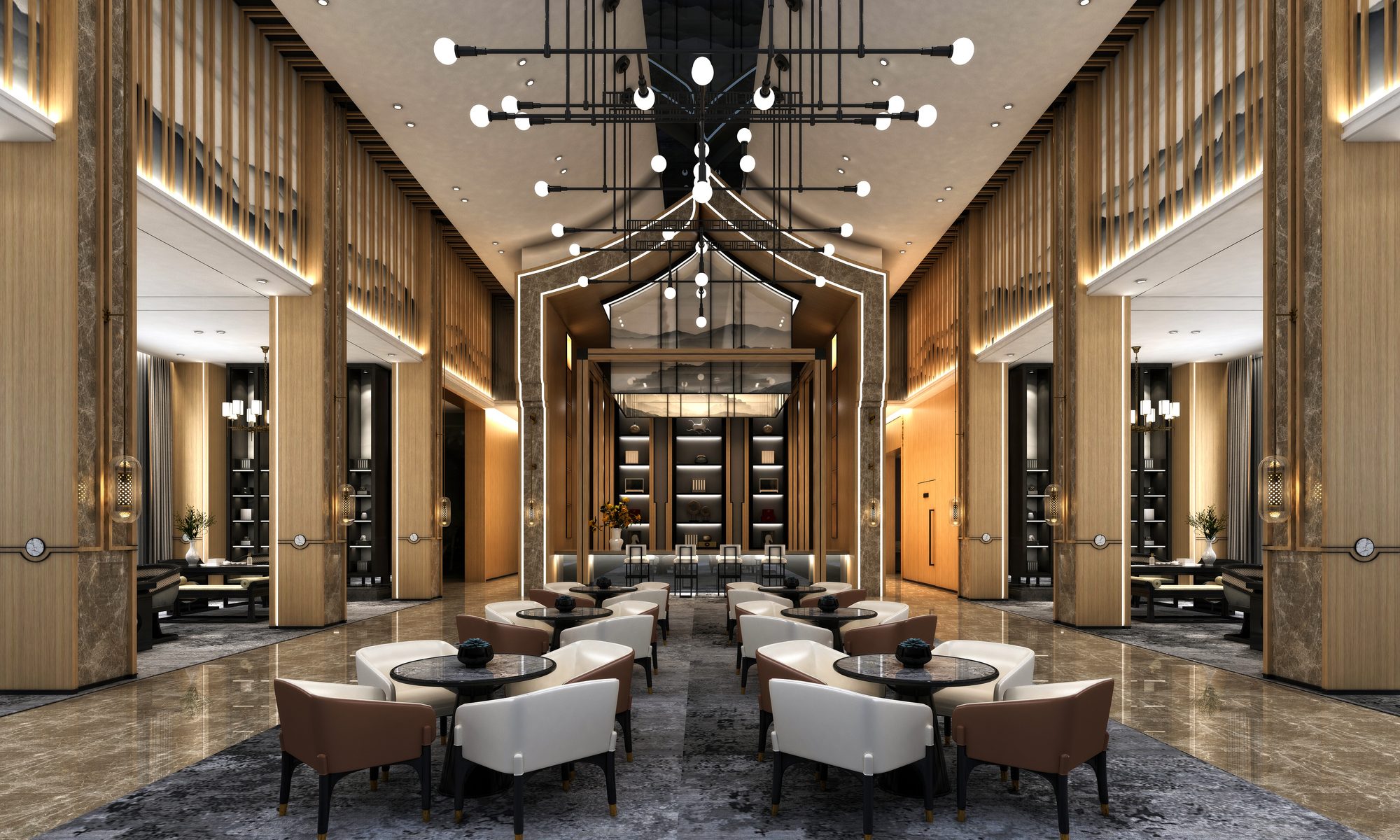BehrTech Blog
7 Cutting-Edge Use Cases of IoT in Hospitality
7 Cutting-Edge Use Cases of IoT in Hospitality
The success of the hospitality industry has always been entirely dependent on customer service. Whether an individual is traveling for business or pleasure, or a company is planning a large trade show, the level of customer service received during a trip will determine whether people come back or warn their friends and colleagues to avoid these businesses in the future. If this wasn’t enough pressure, in the wake of COVID-19, heightened concerns around health and safety have forced owners and operators to provide additional levels of customer service that address these anxieties as the industry seeks to recover from a long hiatus. From personalized guest services and occupancy comfort to improved facility management, leveraging IoT in hospitality can provide the magnitude of customer satisfaction needed to stay competitive while simultaneously helping hotels, restaurants and conference centres cut down costs.
Here are 7 Cutting-Edge Use Cases of IoT in Hospitality
1. Indoor Environmental Quality Monitoring
Indoor Environmental Quality (IEQ) has moved from the fringes of hotel design to the very centre-stage. The COVID-19 outbreak has brought concerns about hygienic spaces and clean air within hotels, restaurants and conference centres right to the top of the priority list. In the past, the primary focus of IEQ has been to cut down energy consumption, however, it has shifted to ensuring these spaces have clean air to breathe and the ambient temperature, light and noise quality is optimal for guest comfort. Wireless IoT sensors play a critical role in IEQ monitoring; providing insights into each of these critical indoor climate factors to protect the health, comfort and productivity of guests and employees.
2. Energy Optimization
Energy is the second largest spending category for a hotel after employment, representing 3% to 6% of hotel operating costs and accounting for approximately 60% of its CO2 emissions. IoT plays a vital role in ensuring energy resources are used efficiently and in accordance with sustainability efforts. Data from occupancy sensors in guest rooms, conference rooms or recreational facilities, coupled with the Building Automation Systems can be used to automatically adjust room conditions like HVAC, power and lighting, to optimize energy usage based on the room status, for example, checked-in rooms, occupied rooms and unused rooms.
3. Consumables Monitoring
Ensuring occupants have adequate access to vital consumables like hand soap, hand sanitizers, paper towel and toilet paper can be challenging, especially when the demand highly fluctuates and there’s a current bottleneck in the supply chain of hygiene materials. With the help of wireless IoT sensors, facility managers can proactively monitor when consumable supplies are running low in guest rooms, business centers and workout rooms for effective inventory management and timely replenishment.
4. Cleaning Services and Sanitation
With health and wellness top of mind, maintaining a regular disinfection and cleaning routine is paramount. People counting data combined with presence detection data can pinpoint areas that are frequently used and those that are not or provide timely notifications when meeting rooms, gyms and pools are no longer in use. Hospitality staff can then use this information to work more efficiently and ensure cleaning practices are carried out when needed.
5. Traffic Control
Since the COVID-19 pandemic, businesses are required to enforce new restrictions on the number of visitors in their space to ensure compliance with government social distancing regulations. People counting systems can help track the number of people entering or exiting any given space in real-time and alert facility managers when their capacity threshold has been met.
6. Predictive Repairs & Maintenance
Customer satisfaction is greatly dependent on smooth operations and zero interruptions to service. Wireless IoT sensors can capture data on the condition status of hotel appliances, equipment and facilities and notify the maintenance personnel as soon as equipment shows signs of deterioration, or unusual performance. This not only reduces repair costs, but also ensures maximum uptime and performance of all amenities for guests.
7. Guest Room Automation
Another great example of IoT in hospitality is guest room automation. Smart hotel solutions now enable hotels to provide their guests with a completely customized service. For example, some accommodations offer guests the ability to control many of the room’s features from their mobile phone, or from a provided tablet. This might allow guests to control the lighting, heating, ventilation and air conditioning systems from one place, or even just specify a temperature and allow the various devices to automatically regulate the room to that temperature. It will also typically allow them to control the television, while some devices may even greet them by name. This connected network can also be used to identify the preferences of guests and provide personalized services during their next visit. Furthermore, hospitality businesses having their hotels in different locations can also share data about their customers in a common CRM to make sure that the guests come across the same experience in every branch of the hotel chain.
Wrapping Up
IoT is poised to revolutionize the hospitality industry. The vast amount of data derived from IoT devices has the potential to drastically improve operational efficiency, level-up customer experiences and significantly reduce costs. Fully harnessing such potential requires a robust IoT architecture that starts with versatile edge connectivity. Compared to wired solutions, wireless IoT such as low-power wide area networks are much more cost-effective and easier to implement. When navigating different LPWAN technologies, power-efficiency, scalability and excellent building penetration are key requirements to keep in mind. On top of that, you would want to ensure data ownership and simple integration of the wireless infrastructure in your existing business systems.
Subscribe to Our Monthly Blog Roundup
